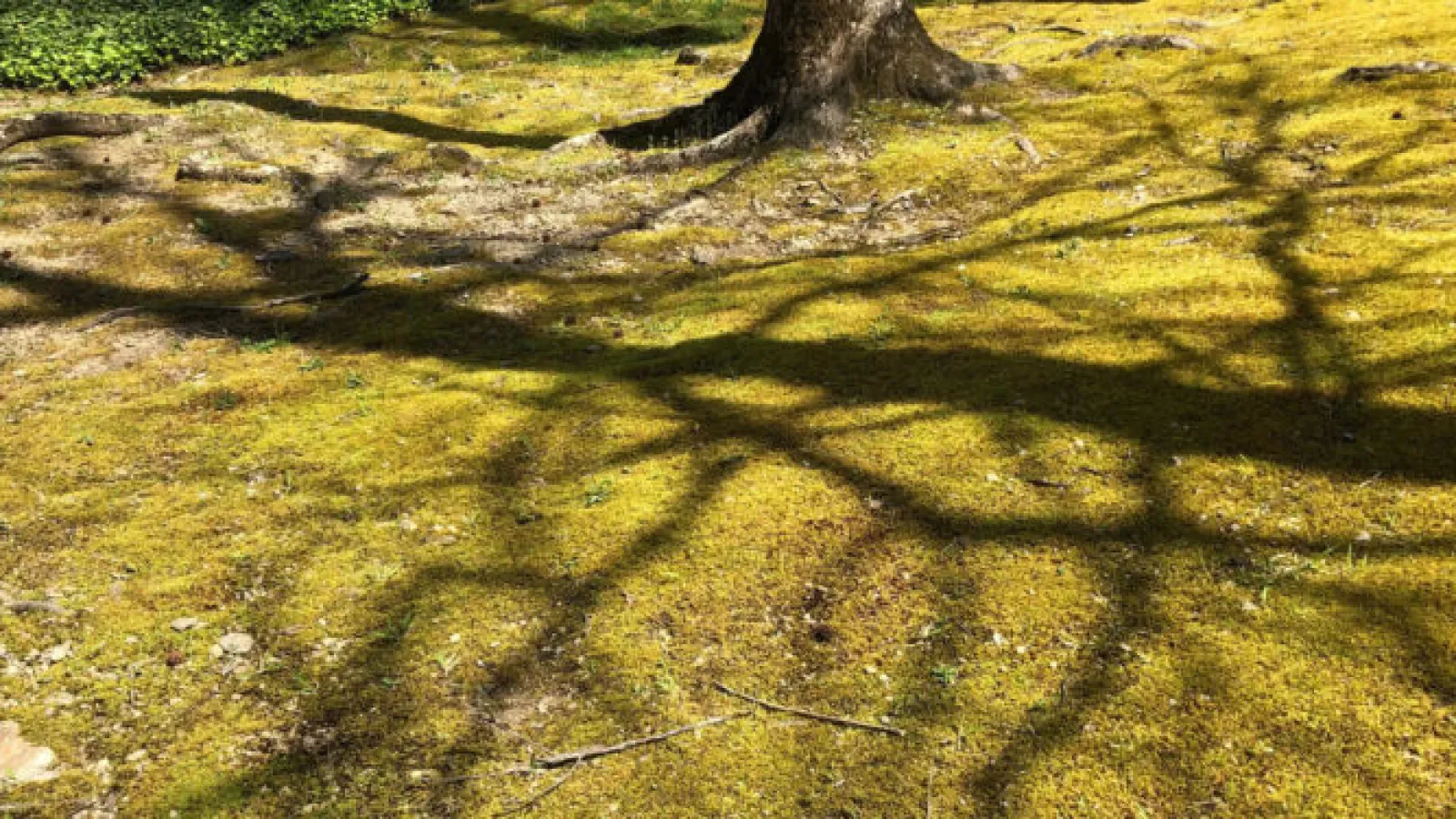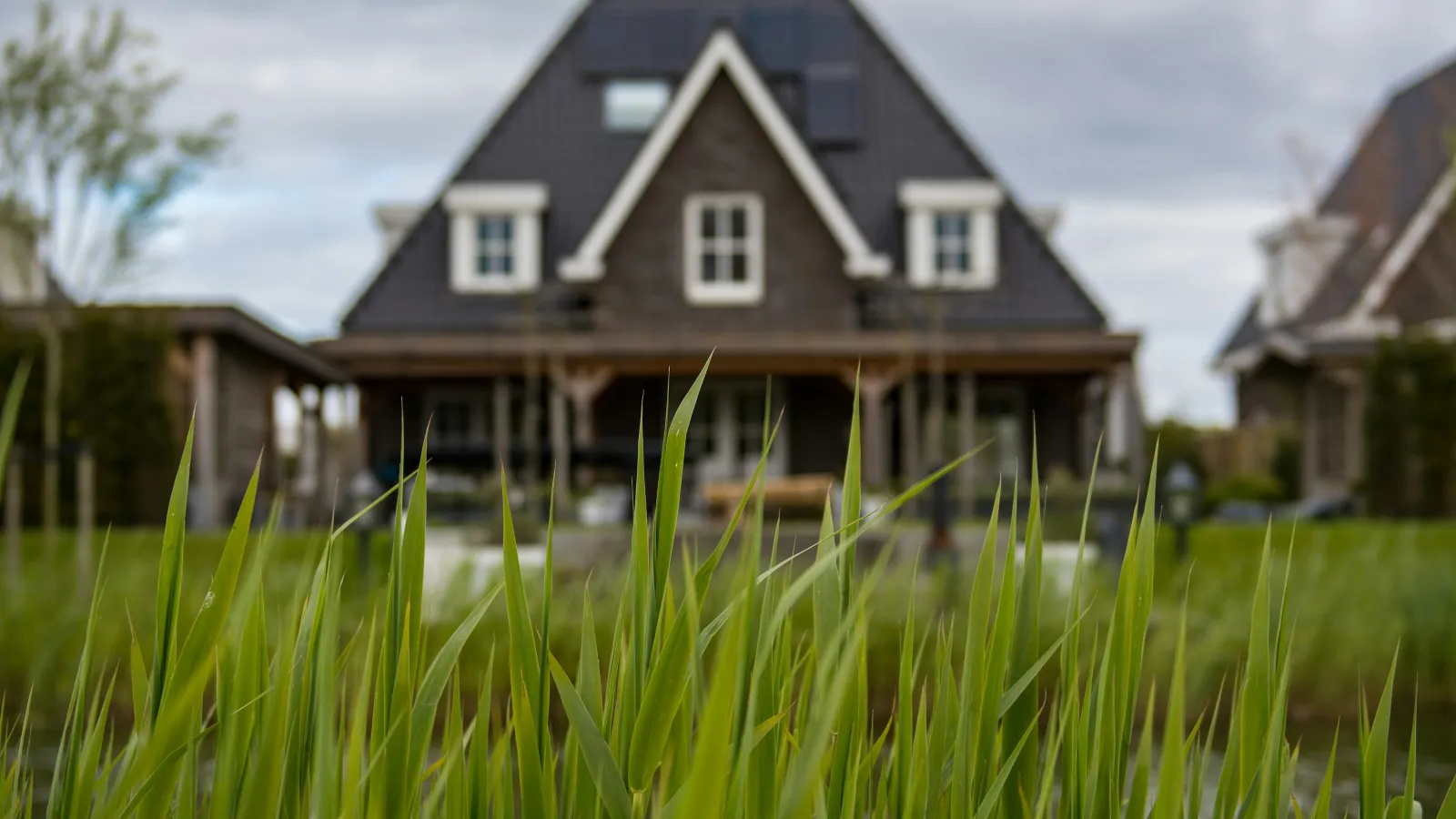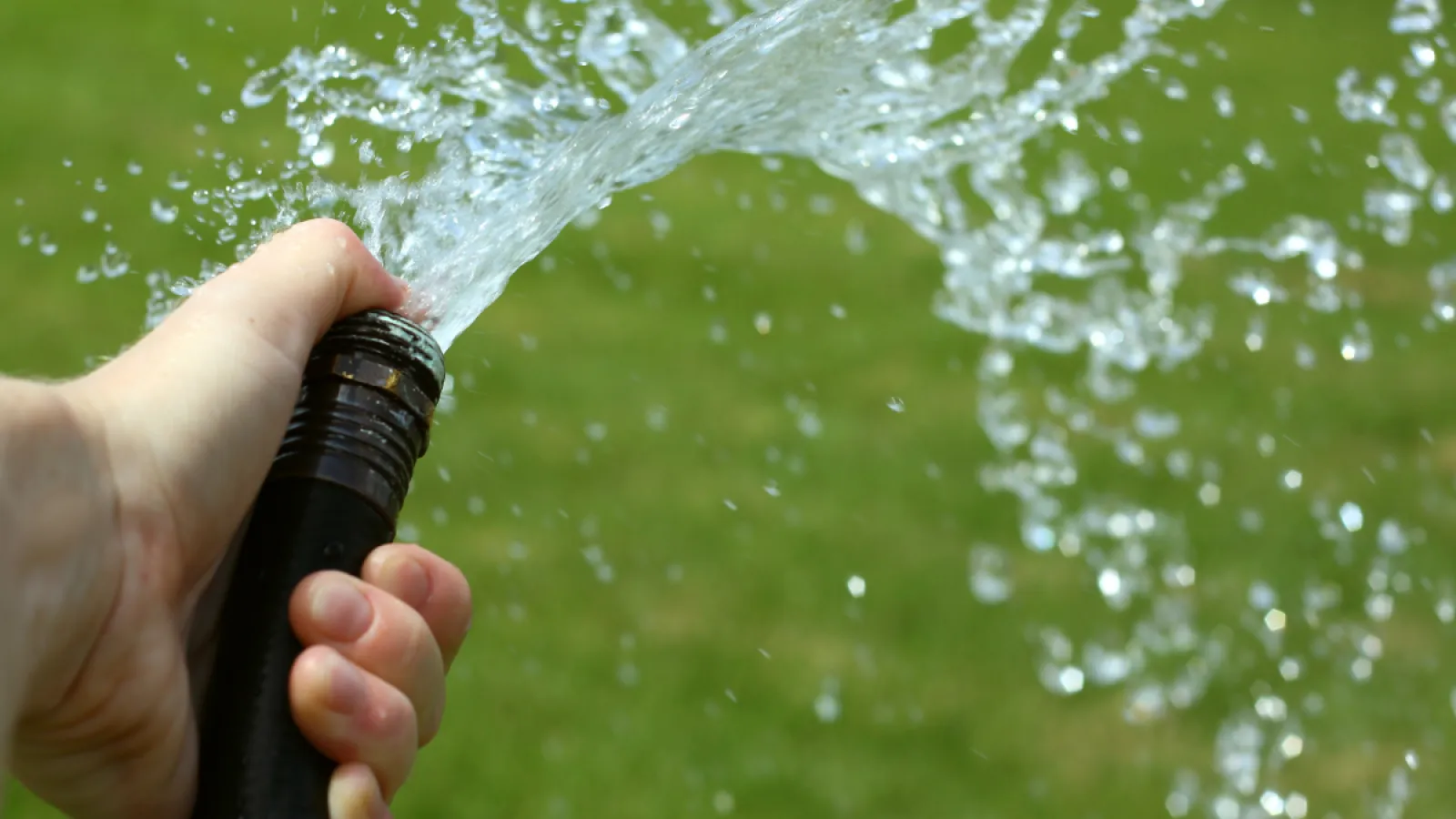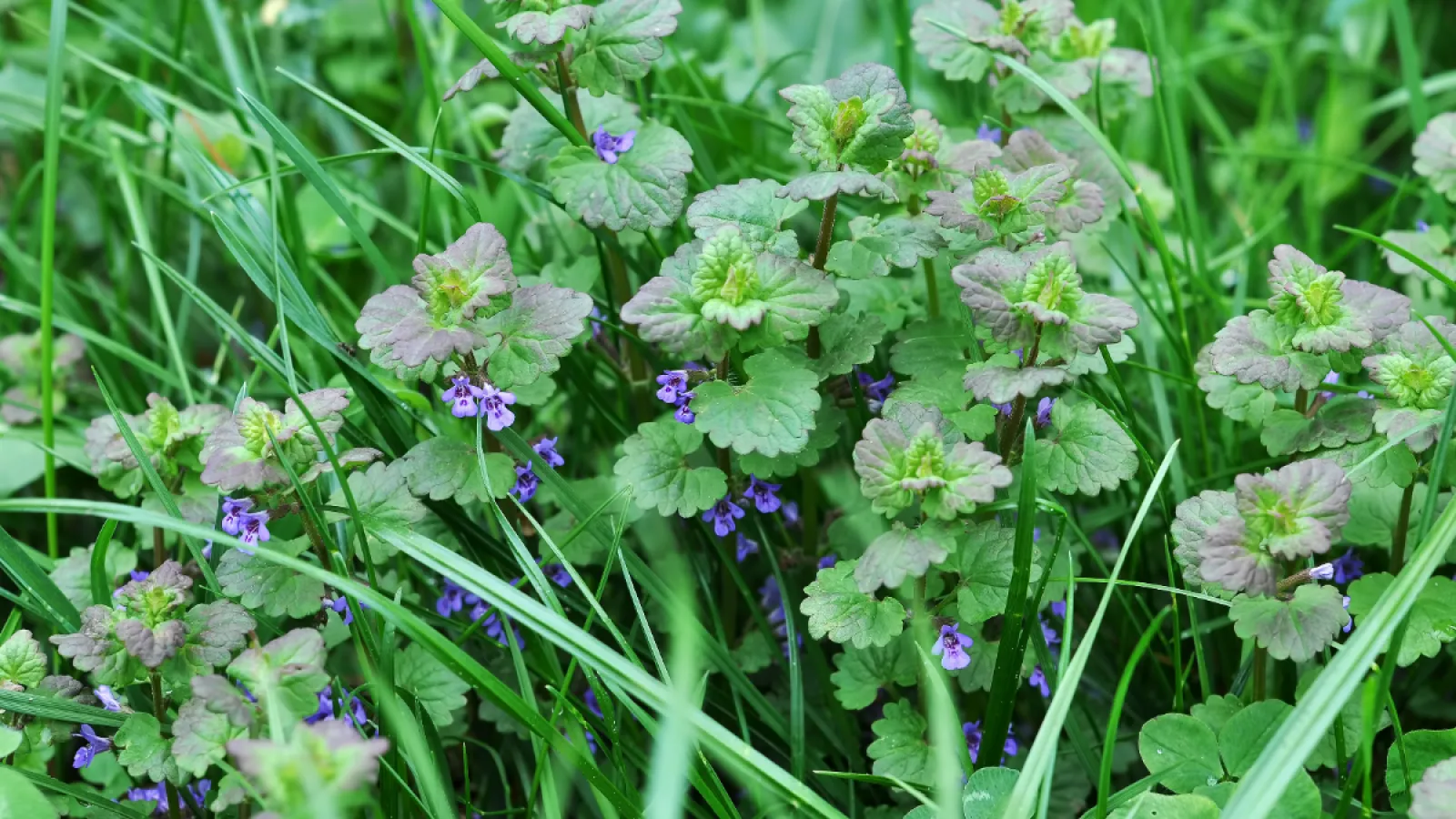
Do You Have Moss In Your Lawn?
While moss is a low-growing ground cover that can leave your lawn a lovely shade of green, if not intentional, it’s not a plant most homeowners want for in lawn. Moss is a shallow-rooted plant and its presence actually indicates cultural conditions that are not ideal for healthy grass growth.
Moss spreads by wind-blown spores and root-like structures called rhiziods. It forms a mat on the soil under favorable conditions. While moss itself is not harmful to your grass, it can impede growth of new grass by limiting the absorption of air and water by the soil. It best grows in shady, thin areas of the lawn.
Conditions Conducive To Moss Growth
- Poor drainage
- Compacted soil
- Low soil pH
- Lack of necessary nutrients in the soil
- Excessive shade
How To Rid Of Moss
- Remove it. Its roots are shallow and it can be manually raked up. Another option is to use a mower dethatching blade.
- Kill it chemically or organically. Some over-the-counter products specifically designed to kill moss are available as well as some organic products that you can make at home. After it dies, you will still need remove it.
The Moss Is Gone. Now What?
To correct the issues, we recommend the following:
- Aerate your lawn. Compacted soils inhibit the infiltration of air and water creating a favorable environment for the moss. Core aeration will loosen the compacted soil and allow nutrients and air to better reach the soil.
- Fill in low lying areas. Adding dirt to low areas will raise the elevation of your lawn and improve water filtration and drainage.
- Correct drainage issues. In some cases, you may need to re-route excess water. Installing a French drain is one option.
- Address low pH of soil. Poor soil fertility combined with a low pH weakens the turfgrass preventing it from competing with the encroaching moss. Many Cooperative Extension Offices can complete a soil pH test if you believe this is the cause of the moss growth.
If excessive amounts of shade are causing the moss to grow, consider planting a shade tolerant grass like Fescue. However, if the areas gets less than 6 hours of sunlight each day, you may have to turn the area(s) into a bed and use mulch or pine straw, or use shade tolerant groundcovers such as liriope or mondo grass.
Moss will grow in areas where conditions are not ideal for grass growth. Correcting these issues and then establishing a healthy, dense turf will prevent the return and future growth of moss.
If you want additional information, read this article. Or reach out to us. We’re “The Nice Guys” and are happy to help!


